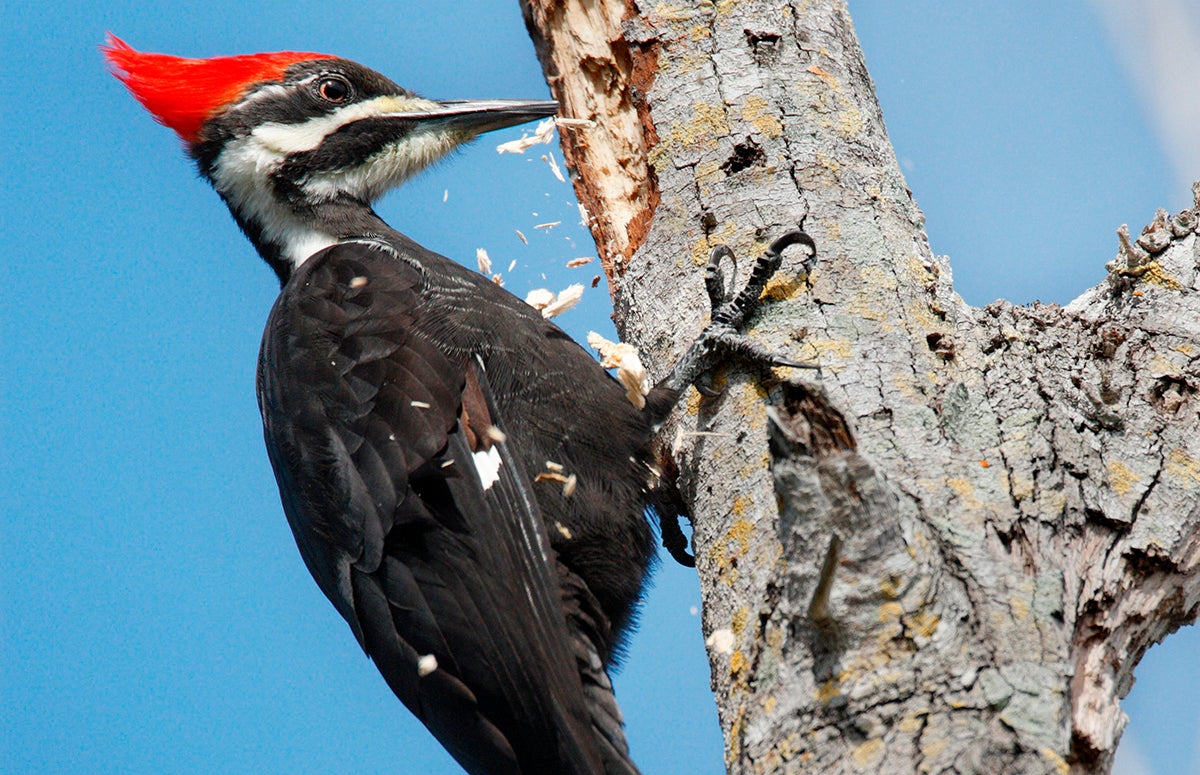Discover the Fascinating Globe of Woodpeckers: Whatever You Required to Know
The globe of woodpeckers is a realm loaded with one-of-a-kind actions, detailed adjustments, and a diverse array of varieties. From their habitats and circulation patterns to their feeding routines and specialized anatomical functions, woodpeckers have long astounded the rate of interest of ornithologists and nature enthusiasts alike. Understanding the ins and outs of these remarkable birds supplies a glance into the complex interaction in between their biology and the environment. As we check out the globe of woodpeckers additionally, we reveal a wide range of information that drops light on their relevance in ecosystems and the challenges they face in an ever-changing world.
Woodpecker Habitats and Circulation
Woodpeckers live in a diverse series of environments worldwide, showcasing adaptability in their circulation patterns. These resilient birds are discovered in forests, forests, savannas, and deserts across various continents, demonstrating their capacity to prosper in various climatic problems. In North America, for instance, woodpeckers can be found in both coniferous and deciduous forests, utilizing their solid beaks to forage for insects and produce nesting cavities in trees. In Africa, particular woodpecker varieties have adjusted to dry atmospheres, such as the acacia forests, where they play an essential duty in controlling insect populaces.

Feeding Behaviors and Diet Plan
Among the numerous aspects of their habits, woodpeckers display distinct feeding habits and dietary preferences. These birds are mainly insectivores, with a diet regimen that includes ants, beetles, caterpillars, and various other bugs discovered in trees. Woodpeckers utilize their solid beaks to pierce into the bark of trees, penetrating for bugs and larvae hidden under the surface area. In addition to insects, woodpeckers likewise take in nuts, seeds, fruits, and sap. Some types have specialized tongues with barbed pointers that assist them draw out insects from crevices in timber.
Woodpeckers are recognized for their drumming habits, which serves not only to interact with various other woodpeckers but additionally to locate food. The fast drumming sound is produced by the bird pecking on resonant surface areas like dead trees or metal poles. find more info This habits can draw in insects hidden in the wood, permitting the woodpecker to identify their visibility and eat them.
Unique Adjustments for Tree Climbing
In their skilled pursuit of pests concealed within tree bark, woodpeckers have actually developed amazing anatomical attributes that equip them with unique adaptations for effective tree climbing. Woodpeckers have strong neck muscles and an unique skull framework that soak up the effect of constant pecking, allowing them to climb up up and down without triggering harm to their minds. These adjustments showcase the extraordinary evolutionary design that enables woodpeckers to navigate trees with accuracy and performance.
Diverse Woodpecker Variety Worldwide
With over 200 different species spread out throughout various environments worldwide, the family members of Picidae encompasses a remarkable diversity of woodpeckers. These birds can be found in forests, woodlands, savannas, and also metropolitan areas, showcasing their adaptability to various settings. From the renowned Northern Flicker in The United States And Canada to the vibrant and evasive Crimson-backed Flameback in additional hints Asia, each woodpecker varieties exhibits one-of-a-kind features in regards to tuft, actions, and habitat choice.
Woodpeckers vary greatly in size, with the diminutive Downy Woodpecker gauging around 6-7 inches in size, while the effective Lineated Woodpecker can reach up to 17 inches - Woodpeckers in Florida. Their beaks likewise come in different sizes and shapes, showing their feeding habits. Some varieties focus on extracting pests from tree bark, like the Acorn Woodpecker, while others, such as the Black-cheeked Woodpecker, eat fruits and seeds

Conservation Initiatives and Obstacles
Conservation initiatives for woodpecker populations are crucial in alleviating the impact of habitat loss and other risks dealing with these varied avian types. Woodpeckers deal with different obstacles to their survival, largely as a result of logging, urbanization, environment adjustment, and intrusive varieties. To resolve these concerns, preservation initiatives concentrate on shielding and recovering woodpecker environments, carrying out lasting forestry methods, and increasing understanding regarding the significance of these birds in communities.
One significant challenge in woodpecker preservation is the fragmentation of their environments, resulting in isolated populations that are more at risk to termination - Woodpeckers in Florida. Guardians work to create wild animals corridors and shielded locations that attach these fragmented environments, permitting woodpeckers to relocate between different locations for feeding, breeding, and shelter

Final Thought
In conclusion, woodpeckers are remarkable birds with special adaptations for tree check my source climbing and feeding behaviors. Further study and preservation activities are required to guarantee the survival of woodpeckers in the wild.